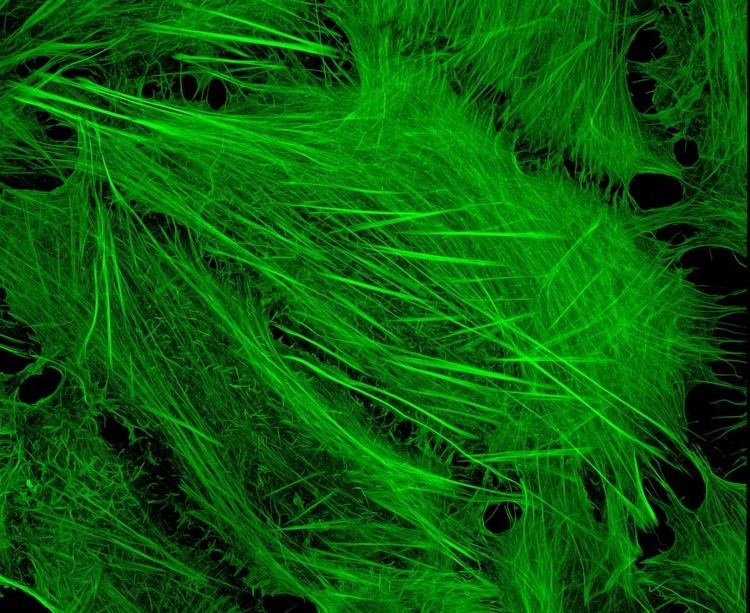 | ||
Cytoskeletal drugs are small molecules that interact with actin or tubulin. These drugs can act on the cytoskeletal components within a cell in three main ways. Some cytoskeletal drugs stabilize a component of the cytoskeleton, such as taxol which stabilized microtubules or Phalloidin which stabilizes actin filaments. Others such as Cytochalasin D bind to actin monomers and prevent them from polymerizing into filaments. Drugs such as demecolcine act by enhancing the depolymerisation of already formed filaments. Some of these drugs have multiple effects on the cytoskeleton, for example Latrunculin both prevents actin polymerization as well as enhancing its rate of depolyermisation. Typically the microtubule targeting drugs can be found in the clinic where they are used therapeutically in the treatment of some forms of cancer. As a result of the lack of specificity for specific type of actin (i.e. cannot distinguish between cardiac, smooth muscle, muscle and cytoskeletal forms of actin) the use of these drugs in animals results in unacceptable off target effects. Despite this the actin targeting compounds are still useful tools that can be used on a cellular level to help further our understanding of how this complex part of the cells internal machinery operates. For example, Phalloidin which has been conjugated with a fluorescent probe can be used for visualizing the filamentous actin in fixed samples.
